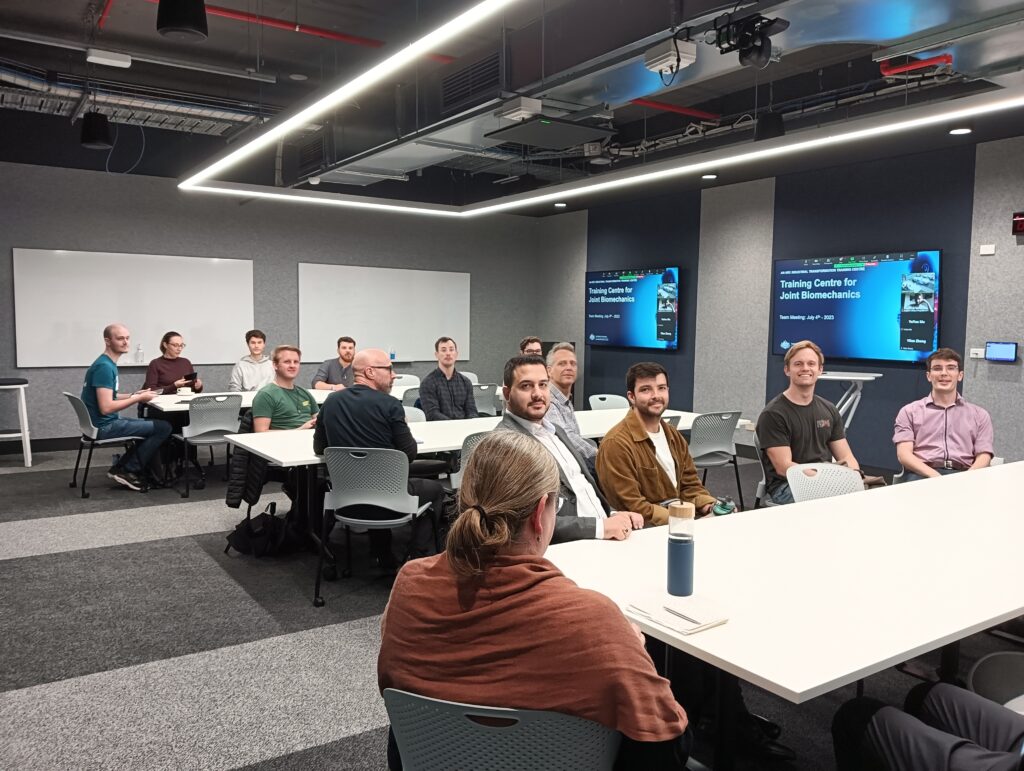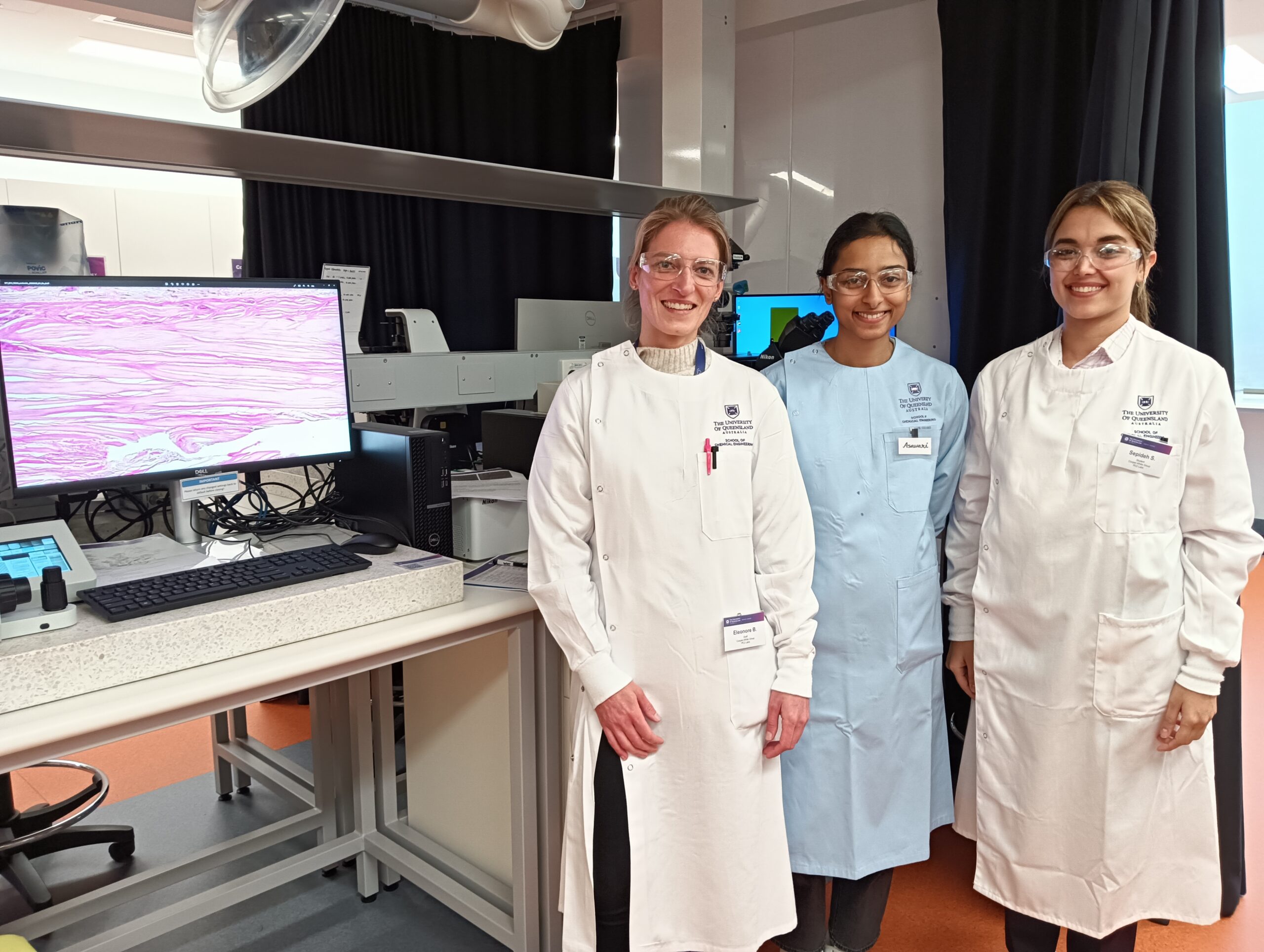
Exciting day for the centre: We had the pleasure of visiting our esteemed colleagues in program 3, specializing in bioengineered tissue scaffolds, at The The University of Queensland for a captivating lab tour and team meeting.
Within the P2 lab of the Andrew N. Liveris building, which serves as the home of the School of Chemical Engineering, we were warmly received by Prof Justin Cooper-White, Prof Lisbeth Grondahl, Dr Eleonore Bolle, and our talented PhD students Asawari P., Stephanie Michelena, and Sepideh Shemshad. They graciously shared their wealth of knowledge and showcased the remarkable technology and facilities they employ in their research.
During the visit, we were introduced to their impressive tissue quarantining areas, where rigorous protocols ensure the integrity and safety of the biological samples. The team also demonstrated their state-of-the-art #microscopy equipment, which aids in #tissue staining and identification, allowing for detailed analysis and characterization.
Furthermore, we had the privilege of witnessing their cutting-edge 3D printing capabilities, an essential tool in the development of bioengineered tissue scaffolds. This technology enables precise and tailored designs, where #meltelectrowiring (MEW) is used to develop scaffolds for #rotatorcuff repair.
Additionally, we explored their Malvern particle size analyzer equipment, which plays a crucial role in assessing the physical properties of materials used in scaffold construction. Understanding particle size distribution is vital for achieving optimal cell attachment and development, pushing the boundaries of #tissueengineering.
At the team meeting, surgical fellow Dr Mohammad Jomaa presented his research on the challenges of ‘Referencing the forearm in Reverse Shoulder Arthroplasty.’ Dr Maxence Lavaill then presented some of his upcoming work for the International Society of Biomechanics conference on ‘Insights into the different state-of-the-art optimisation methods for solving the shoulder muscle redundancy problem.’
Thank you to the entire team at The University of Queensland for their warm hospitality and valuable insights. We look forward to future collaborations and the continued advancement of joint biomechanics research!


